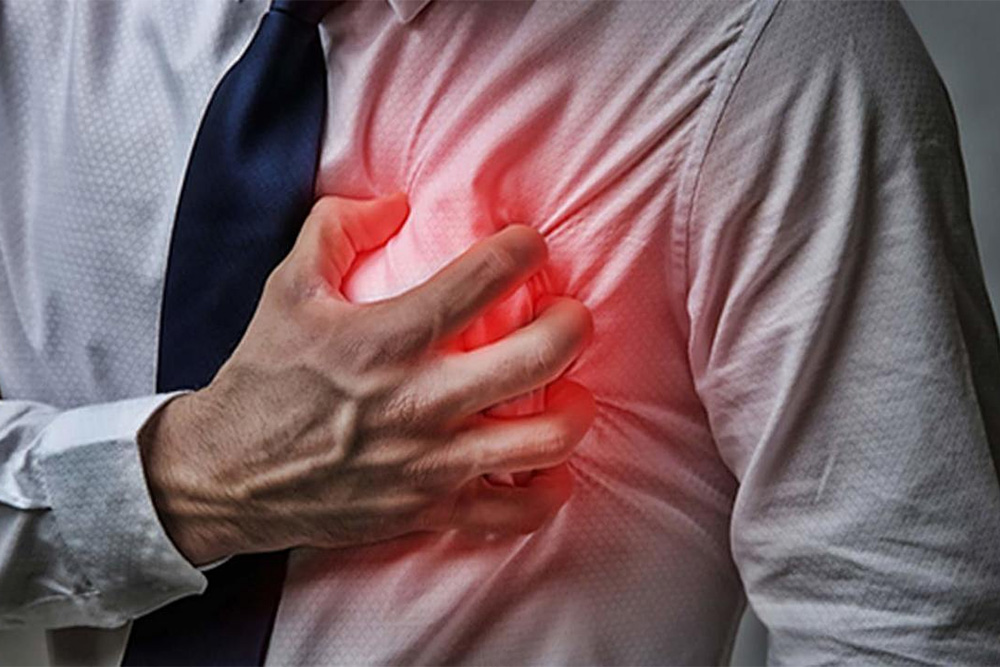Heart failure (HF) affects 1-2 per cent of population, and more than 10% of patients above 70 years old. Life time risk for developing HF for males at age 55 years is 33%, and females is 28%.
In the Asian Cardiac Sudden Death Registry showed the mean age for acute decompensated HF, South East Asians compared with patients from USA , were younger(54 vs 75 years) and had more severe clinical features, with a higher mortality (4.8 vs 3.0%). Among stable heart failure patients , South East Asians were a decade younger than the European patients.
As HF progresses, structure and function of the heart deteriorates, patients develop decompensation but will need more intervention over time. At the end stage approaches, there comes a time when medical therapy will not be effective. These patients will need a heart transplantation or a left ventricular assist device.
Heart transplant is however not available to everyone especially in Asia. The lack of donors, too few transplant centres and expertise are the main obstacles in the low rate of transplants in Asia.
In recent years, heart assist device therapy has become more mainstream. Left ventricular assist devices (LVAD) Heart Mate III (Abbott) and HeartWare (Medtronic) are the two most commonly used devices. Both are centrifugal pumps and miniaturised for ease of implantation. They run on batteries connected via a cable which passes thru the abdominal wall. Each battery last 4 to 7 hours. Both devices does not produce any noise while functioning.
For patients with end stage heart disease, even with maximum medical therapy, mortality is 50% in 2 years. They are very often very ill and has frequent hospital admissions. These group of patients should be assessed for LVAD therapy. LVAD procedure is done in specialised heart centres where multidisciplinary team called a Heart Team is available to support these very ill patients. Heart teams will also discuss patients prior to any surgical procedure so as to individualise patient care.
LVAD surgery is performed just like any open heart surgery. The pump is attached to the apex of the left ventricle(inflow) and a connecting tube is connected to the ascending aorta (outflow). A driveline which carries the wires for the controller and batteries is tunnelled thru the abdominal wall to the exterior.
The operation typically takes four to five hours.
The LVAD restores left ventricular function and reverses symptoms of heart failure in these advanced patients. Blood thinner in the form of warfarin and aspirin will be needed to prevent clot formation. After LVAD the patient will undergo physical rehabilitation to regain strength and learn how to live a mechanical device. It gives them a second chance at life.

